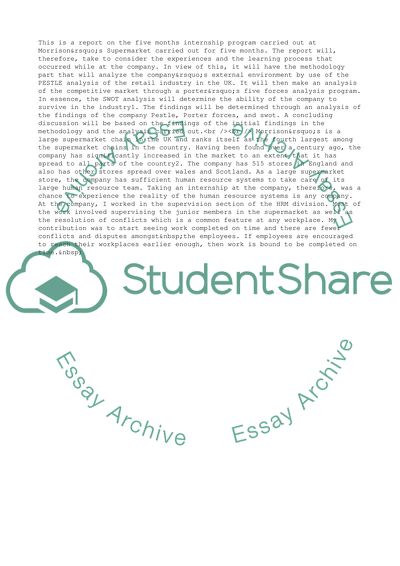Cite this document
(On-Company Commercial Awareness Project: Morrisons Supermarket Case Study - 25, n.d.)
On-Company Commercial Awareness Project: Morrisons Supermarket Case Study - 25. Retrieved from https://studentshare.org/business/1873070-report
On-Company Commercial Awareness Project: Morrisons Supermarket Case Study - 25. Retrieved from https://studentshare.org/business/1873070-report
(On-Company Commercial Awareness Project: Morrisons Supermarket Case Study - 25)
On-Company Commercial Awareness Project: Morrisons Supermarket Case Study - 25. https://studentshare.org/business/1873070-report.
On-Company Commercial Awareness Project: Morrisons Supermarket Case Study - 25. https://studentshare.org/business/1873070-report.
“On-Company Commercial Awareness Project: Morrisons Supermarket Case Study - 25”. https://studentshare.org/business/1873070-report.


